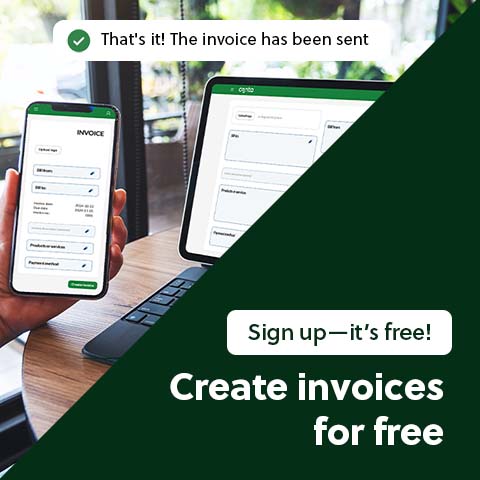A proforma invoice is a preliminary invoice that you can send to prospective clients or to existing clients who want to confirm the details in advance.
A proforma invoice is not the same as a regular invoice, which you send to request payment once you’ve sold goods or services.
Instead, proforma invoices are sent in advance of the sale, either to land a prospective client or to allow an existing client to confirm that the details are correct. A proforma invoice is not legally binding.

Why use this kind of invoice?
A proforma invoice is a preliminary bill of sale that you send before the sale is confirmed. They’re typically used when a buyer has confirmed the sale, but both parties want to make sure all the details are in order.
This kind of invoice can help ensure the buyer and the seller that they’re on the same page, help the buyer get internal approval for the purchase, and give the buyer peace of mind, knowing that there are no hidden costs. Being able to send your clients proforma invoices upon requests is also a sign of professionalism.
However, note that proforma invoices shouldn’t be included in bookkeeping, and the buyer can’t use it as proof of purchase.
See also: Proforma invoice: What it is and how to use one
What’s included in a proforma invoice
Generally, it looks the same as an invoice, but it has the heading “Proforma invoice” at the top of the page, and there is no due date for the payment.
This is what it should include:
- The date it was issued
- The client’s details, such as company name and address
- Your details
- Descriptions of the products and services
- The total amount that’s due, or an estimate
- Shipping cost, if applicable
- Tax, such as GST or VAT, if applicable
- Payment terms
- Terms and conditions, such as info about returns and warranty
The proforma invoice can be changed based on your negotiations with the client.
